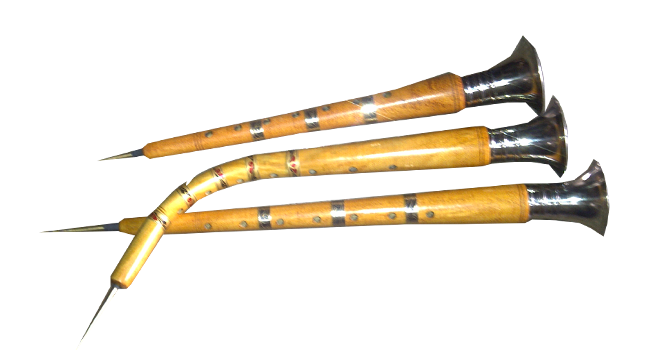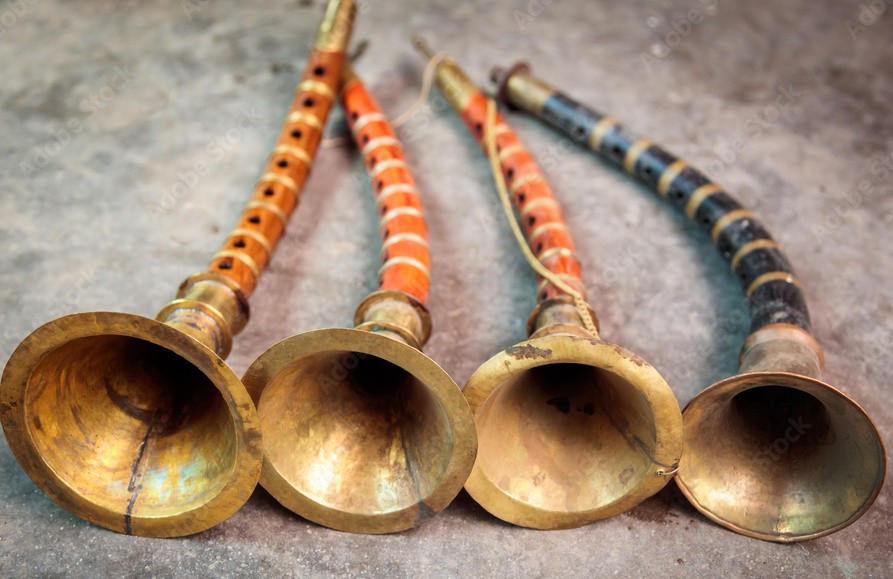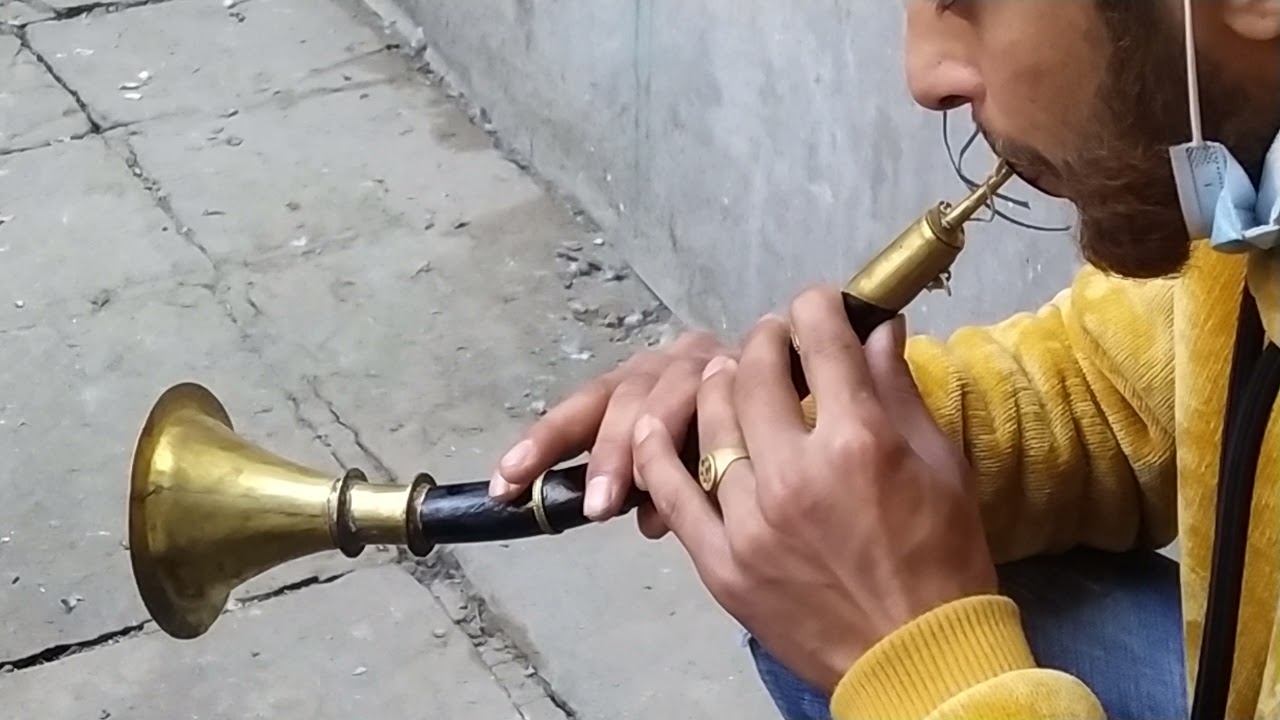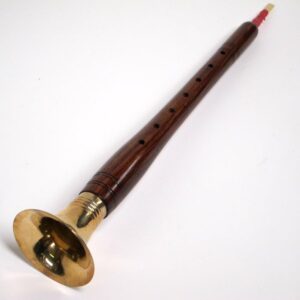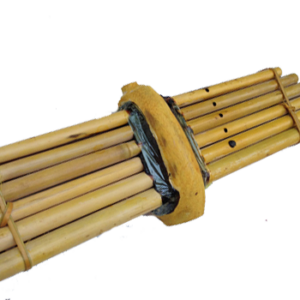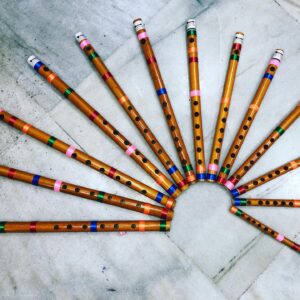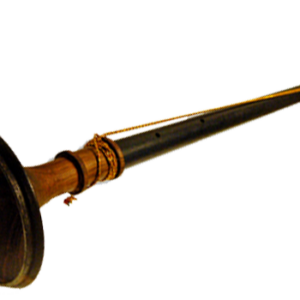Description
Tibetan Flutes
Special Features:
Nice sound & quality. Made of Tibetian Wood.
Delivery Time: 15-18 Working Days after Successful Payment.
For More information SMS 5900 Name Email Country and Send to +919830066661
N.B: All prices are inclusive of Shipping (International Air Mode)/ Packing/ Tax/ Insurance. No hidden cost. Read our Terms & Conditions, Privacy Policy and Shipping Policy.
In The Box: Tibetan Flutes
History (Wikipedia):
From where we get Tibetan Flutes- Small history below:
Our knowledge about the Tibetan Flute is from Wikipedia. As per Wikipedia, we shared this small history to let our customers know about the instrument history. Musicians made the shawm (/ʃɔːm/) as a conical bore, double-reed woodwind instrument in Europe from the 12th century to the present day. Furthermore, it reached its peak of popularity during the medieval and Renaissance periods.
Moreover, musicians long played double-reed instruments. It similar to the shawm in Southern Europe and the East, such as the ancient Greek and later Byzantine aulos. The closely related sorna and zurna, and the Armenian duduk. Craftsmen usually turn the body of the shawm from a single piece of wood; furthermore, it terminates in a flared bell somewhat like that of a trumpet. Moreover, beginning in the 16th century, artisans made shawms in several sizes. From sopranino to great bass, and as a result, musicians could play four- and five-part music by a consort consisting entirely of shawms.
Additionally, all later shawms (excepting the smallest) have at least one key allowing a downward extension of the compass; in fact, the keywork typically remains covered by a perforated wooden cover called the fontanelle. Furthermore, the bassoon-like double reed, made from the same arundo donax cane used for oboes and bassoons, inserts directly into a socket at the top of the instrument, or alternatively, in the larger types, on the end of a metal tube called the bocal. Finally, the pirouette, a small wooden attachment with a cavity in the center resembling a thimble, surrounds the lower part of the reed—this provides support for the lips and embouchure. This provides a basic history of the instrument.
